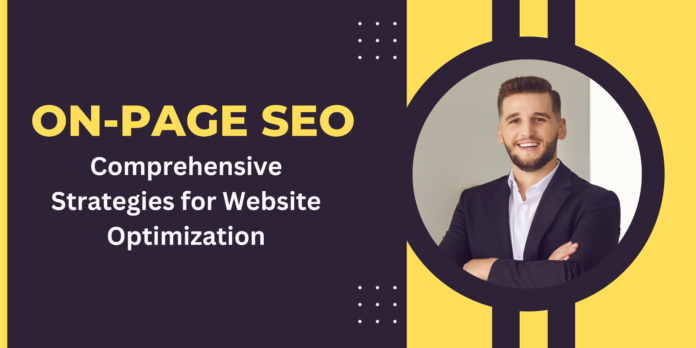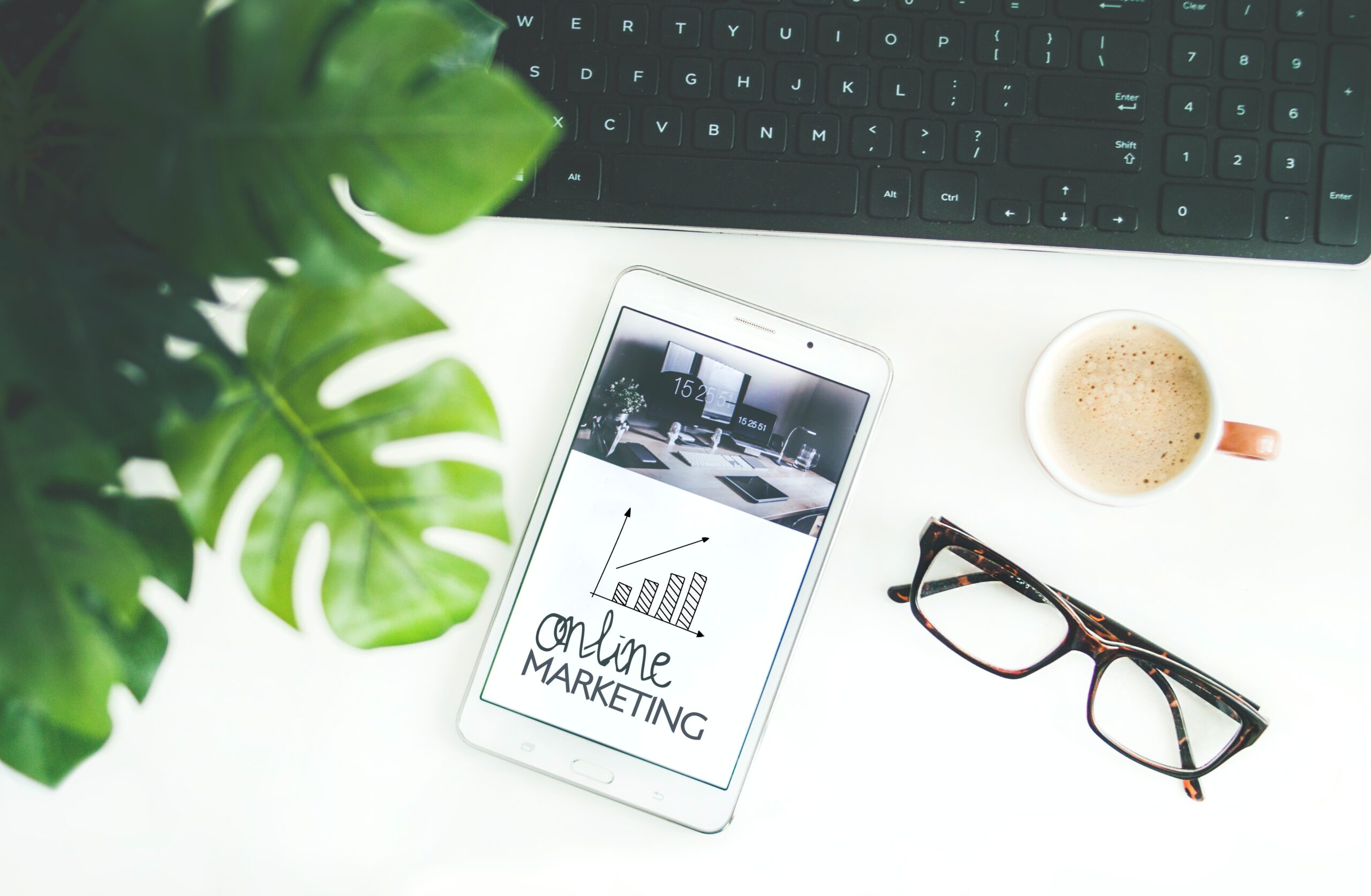The ranking of your website fundamentally depends on three primary elements: on-page, off-page, and technical SEO. The ultimate motive of SEO or search engine optimization is to rank your website on Google’s top results so that you acquire increased visitors. Among the three principal factors, on-page SEO services help you to choose your target keywords, define your target audience, and establish the goal of a specific web page.
Therefore, on-page SEO has a lot to do with your rank on Google first page! According to a study by Backlinko, the #1 result on Google search page receives 28% of all the clicks. Also, the top five results receive 70% of all the clicks. So, you understand the significance of a higher search result rank.
Speaking of on-page SEO, you have numerous strategies to optimize it, which we have discussed in this post. We will provide an in-depth understanding of the various elements that comprise on-page SEO best practices.
Let’s get started!
What is On-Page SEO?
On-page SEO is also known as on-site SEO. It is the process of optimizing all the front-end and back-end elements responsible for website ranking. Basically, these are the components that help search engines like Google to crawl and index a web page. They primarily consist of content, HTML, and site architecture elements.
Why do you need on-page SEO services?
We already know about the concept of SEO, which means optimizing your website for search engines. Now, how does a search engine like Google function? Well, Google algorithm has automated bots which crawl a page and index it according to the relevance, importance, and authority of the page. It is how Google ranks websites on the search results.
Through on-page SEO, you can tell Google about your website and how it delivers value to your audiences. Therefore, it enables your website to be optimized for humans and search engines.
Now, we call it on-page because the changes and upgrades you make to your web page are visible to audiences. On-page SEO strategy is crucial to ranking your website and attracting more organic traffic.
In the next section, we will focus on the various on-page elements that you must optimize to receive maximum benefits.
On-Page Elements for Website Optimization
Just having a website and publishing it does not take you to the top rank. You need strategic on-page SEO optimization to genuinely grab the attention of search engines and audiences!
So, how can you optimize your on-page elements? Here, have a look:
- Keyword Research- Since keywords contribute to the foundation of website ranking, you must prioritize its correct usage. By this, we mean to conduct keyword research to find the words or phrases with high search volume. These are competent keywords which are most often used by your competitors. Choose relevant keywords that match your business, product(s), and service(s). Prevent keyword cannibalization and focus on the audience’s search intent and buyer’s journey.
- Visuals- The content of your website also consists of visuals like images, infographics, charts, and videos. These visuals make your website more attractive and engaging, affecting audience engagement. So, optimize your visuals in formats that have faster loading speeds and are easily scannable. Your audiences will instantly leave a page if it has a lot of visuals with low page speed. As a significant part of on-page SEO services, you must ensure the visuals are well-optimized and used strategically.
- Page Titles- Title tags or page titles reveal what a particular page is all about. The page title appears on the head section of each web page. It is also visible on the search engine results page (SERP), which comes as a clickable link. To optimize your page title, use keywords as naturally as possible, pick words that are relevant to your content, use unique tags, be dynamic whenever possible, and draw topical relevance within the page.
- Body Tags- Body tags are also known as headers. It constitutes the HTML element of a site, which helps in organizing the content for enhanced readability. Headers enable search engines to distinguish your content according to its importance and relevance per the search intent. It is generally denoted by H1, H2, H3, H4, H5, H6, etc. The H1 tag indicates the main title or theme of the content, the H2 and H3 tags imply subheadings, and the H4, H5, and H6 tags are for the subsections. The headers or body tags provide structure to your content.
- Meta Descriptions- One of the significant on-page SEO tips is to optimize meta descriptions. These are short descriptions that appear below the title, providing additional information about your content context. The goal of meta descriptions is to offer a summary of your content that influences the click-through rate (CTR). However, meta descriptions do not directly impact page rank. Use meta descriptions as a pitch to convince audiences that the page meets their search intent!
- Alt-Text- How does Google categorize the images in your content? It is through the Alt text which defines the subject of an image. In other words, Alt text is a small description that tells search engines what a particular image is all about. You can say that it is the SEO of your images! They act as alternative texts for images when a web browser cannot render them properly. Ensure that you add appropriate alt texts to your images which fit into the image boxes and deliver proper information so that audiences can clearly comprehend the images when they do not download.
- Structured Data- The process of marking up your website’s source code is known as structured markup or structured data. What is the benefit? Well, it helps Google to find and comprehend the various elements on your web page. To rank on first page of Google, the structured data is critically significant. It determines the appearance of your web page on the search results. The better you optimize the structured data, the higher the chances of securing an impressive rank! It is the key to the knowledge panels, featured snippets, and other content features that appear at the top.
- Page URLs- The URL of a page is its web address. It must be simple and easily accessible to search engines and audiences. Whenever you create and publish content like blogs, articles, guest posts and press releases or add internal pages, retain the hierarchy of their URLs. The domain, sub-domain, and path must be in appropriate order.
- Internal Linking- It is a fundamental component of on-page SEO services which guide website visitors to the answers they are looking for. So, what is internal linking? It is the process of connecting or hyperlinking to other relevant pages on your website. Each link must lead your visitors to the next relevant content that will provide additional information. Internal linking is cardinal to establish page authority and encourage audience engagement. The more time visitors spend on your website, the better Google derives information from your site. It ultimately helps you to rank higher.
- Page Speed- Your audiences will not spend much time on your website if it takes too long to load. In other words, low page speed leads to increased bounce rates. Hence, ensure you have compressed images, short videos, and a well-structured website to boost page speed. The loading speed of your site also determines conversions and return on investment (ROI).
- Mobile Optimization- The exponential rise in mobile device use has impacted the search quality. We mean that more people use smartphones and tablets these days, making mobile responsiveness a significant ranking factor. You must choose a website structure, theme, and design that is easily accessible on mobile devices and tablets. If your website is not mobile-friendly, you are losing a large section of the target audience!
Takeaways
So, now you know the fundamental on-page SEO strategies responsible for search result ranking, increasing visibility, attracting traffic, establishing authority, and encouraging audience engagement. However, it is necessary to conduct an on-page SEO audit periodically to track the results. Tracking or monitoring provides you with insights into your website’s performance. You can refine your strategies based on the performance metrics to accomplish your SEO goals. SEO is the continuous process of upgradation. Hence, keep monitoring and tweaking!
















